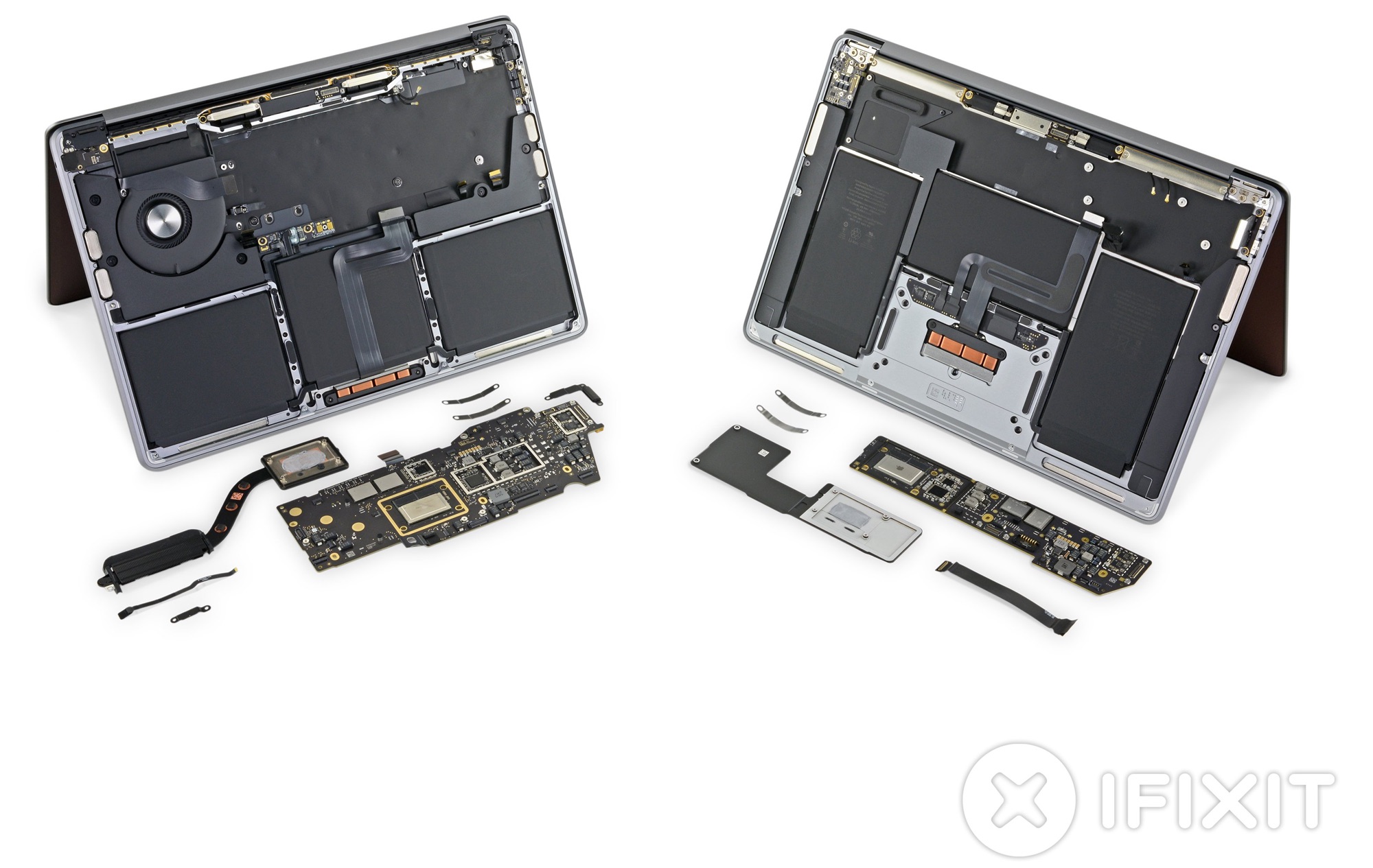MacRoumers
Independent technicians have reportedly been able to use leaked MacBook schematics to aid repairs (via Vice).

Last month, Apple supplier Quanta Computer was hit with an attack by the ransomware group known as “REvil,” leading to a large quantity of internal Apple documents about both released and unreleased devices being exposed. The leaked PDFs, available on a number of forums and online marketplaces, have apparently helped technicians understand how some MacBook components fit together.
Repair advocate and owner of the Rossmann Repair Group, Louis Rossmann, told Vice:
Our business relies on stuff like this leaking. This is going to help me recover someone’s data. Someone is going to get their data back today because of this.
You can’t go to Apple and say “I will give you $800,000 to give me this data.” When we fix the board, most of the time we preserve the data.
I’m not saying I’m in favor of people hacking into computers to get this information. I would prefer to get this by going to Apple and giving them $1,000 every year to get this information.
Although basic repairs, such as battery replacements, are possible with guides and tools from the likes of iFixit, logic board repairs are considerably more complex and can involve minute adjustments to circuitry and chips, and often risk data loss. Such repairs also have very little margin for error.
Apple does not provide detailed repair manuals and schematics for its hardware, forcing third-party repair technicians to look elsewhere. Simple trial and error can help repair technicians understand how a device’s circuitry works, but can be very time-consuming and risk the complete breakage of multiple components.
Reverse-engineered blueprints put together by third parties are often shared online, but the REvil leak has presented a new opportunity for technicians to get specific information to help the repair process.
This article, "Leaked MacBook Schematics Have Aided Independent Technicians Performing Complicated Repairs" first appeared on MacRumors.com
Discuss this article in our forums
Source: MacRoumers
